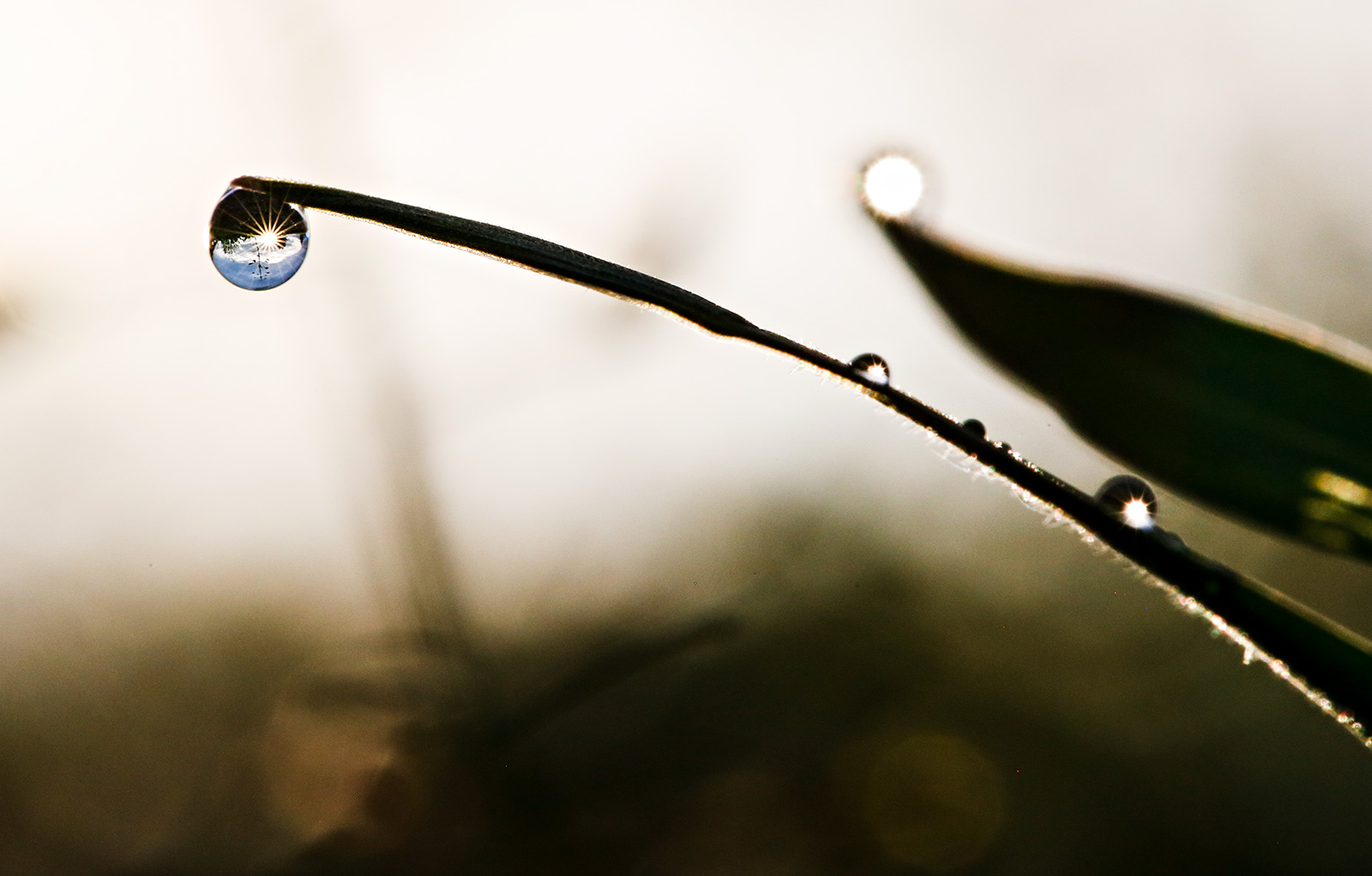Kalispell’s Temperature Stays Steady with Drier Summers
Climate Normals data reveals little change in annual average temperature, slightly drier winters and drier summers
By Maggie Dresser
Kalispell’s annual average temperature remained roughly the same in the last several decades while the snowfall has decreased slightly and the summer months have been drier, according to new National Weather Service (NWS) data.
NWS Missoula recently released the new Climate Normals for Missoula, Kalispell and Butte from 1991 to 2020, which is updated every 10 years and collects data for climatological variables including temperature and precipitation and compares the data to the previous 30-year cycle from 1981 to 2010.
Kalispell’s annual normal mean temperature from 1991 to 2020 was 43.2 degrees Fahrenheit compared to 43.3 degrees from 1981 to 2010, suggesting very little change. Missoula’s temperature has decreased by .7 degrees with slight warming in Butte.
“The Normals were warmer in the winter months,” NWS Missoula Climate Program Manager Robert Nester said. “So they kind of balanced each other out but the springs were generally cooler and the winters were generally warmer.”
While Kalispell’s temperature hasn’t changed much, the average snowfall has decreased by 1.3 inches. The snowfall has gradually decreased since the 1960s and Kalispell saw an average of 55.7 inches annually from 1991 to 2020, compared to 66.8 inches from 1961 to 1990.
“With precipitation, there was not a lot of change in snowfall when you dive down into the seasons the winter months actually had more snowfall and the March, April, May period and September, October, November period had less than previous Normals.”
This year, Kalispell recorded the driest March and April since 1973 and the 14th driest of all time.
Despite Kalispell’s dry March and April, the Noisy Basin SNOTEL site in the Swan Range reported 28 inches of new snow and 2.6 inches of Snow Water Equivalent (SWE) within a 14-hour period on May 8, making it the greatest one-day snowfall in 2021, according to Flathead Avalanche Center forecasters.
Meanwhile, Missoula is experiencing snowier winters and has increased more than five inches compared to the time period of 1981 to 2010.
The precipitation in Kalispell has decreased by a half inch in July and August from the previous 30-year cycle.
“(That’s) pretty significant,” NWS Missoula Climate Program Manager Robert Nester said. “Those are normally our drier months anyway and when you look at the numbers that average, that’s a 20% decrease.”